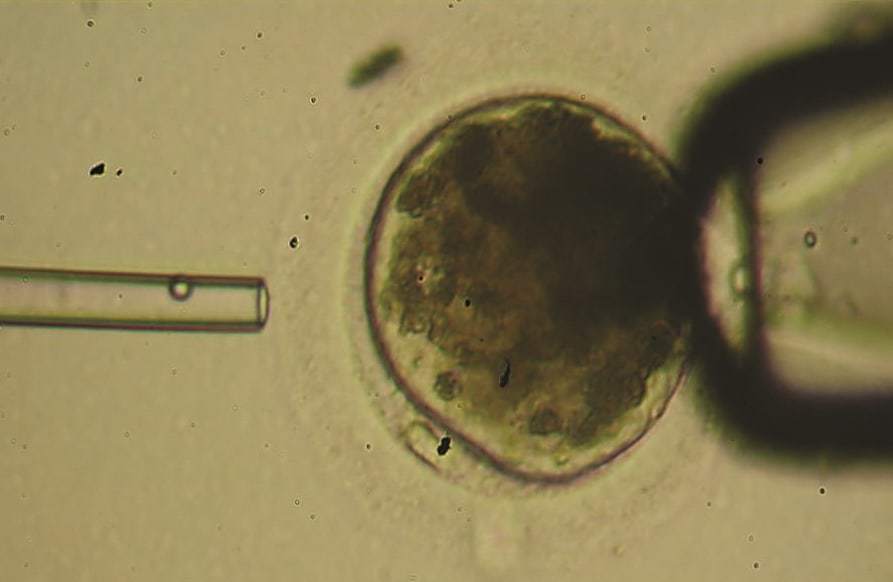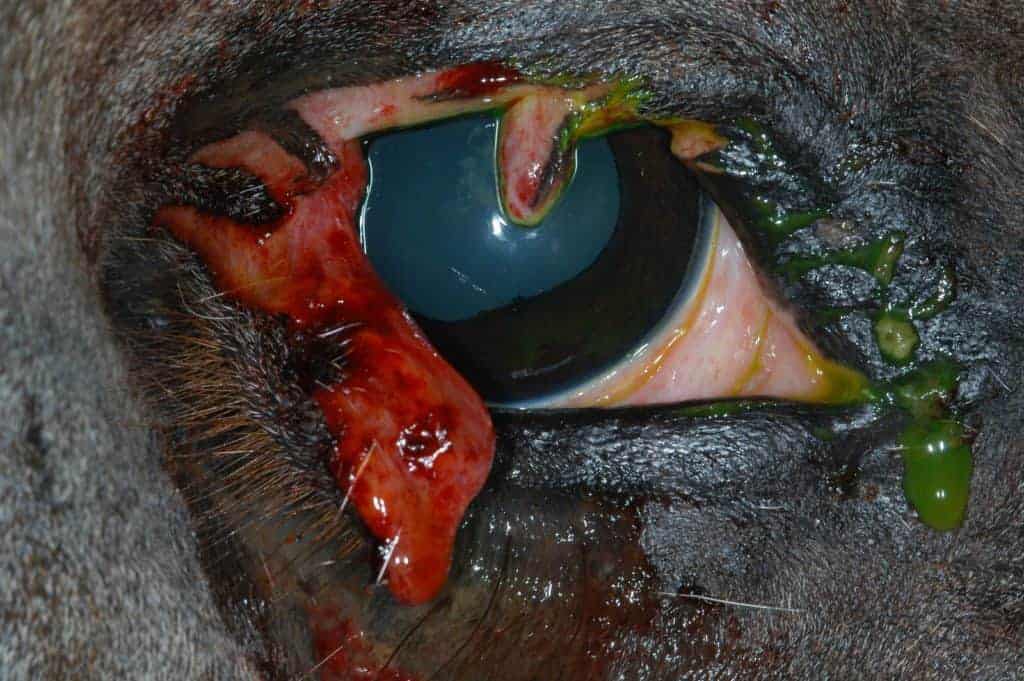
New Navicular Bursa Injection Technique Could Prove Safer
Researchers made recommendations for an alternative navicular bursa injection approach.

Researchers made recommendations for an alternative navicular bursa injection approach.

Researchers evaluated the effect of shipping mares’ oocytes (egg cells) on eventual fertilization rate.

Medication regulations for racehorses are changing. Here’s what you need to know.

Because each hock lameness case is unique, it isn’t always easy to pinpoint the cause of the unsoundness.

One practitioner shares a new technique that be more effective in pinpointing the cause of equine foot pain.

Injuries to the top of the rear cannon bone are some of the most difficult to diagnose.

Veterinarians and horse owners should remain vigilant for these two relatively new horse health challenges.

Meperidine might provide a suitable alternative to NSAIDs for treating equine foot pain in some cases.

Veterinarians have the option of removing an equine eye without the risks associated with general anesthesia.

While coronavirus is commonly found in foals, it’s been implicated in several outbreaks among adult horses.

Veterinarians have tools to help them make educated judgments about lamenesses, their causes, and prognoses.

Eosinophilic keratoconjunctivitis generally has severe clinical signs and requires prolonged treatment.

A low-volume injection produces less upward diffusion than a high-volume injection, researchers concluded.

A combination of mesenchymal stem cells and gene therapy reduced osteoarthritis progression in one model.

Although eyelid lacerations are common, they should be considered surgical emergencies.

Researchers found that NSAID administration reduced immune response in previously exposed and naive horses.
Stay on top of the most recent Horse Health news with
"*" indicates required fields